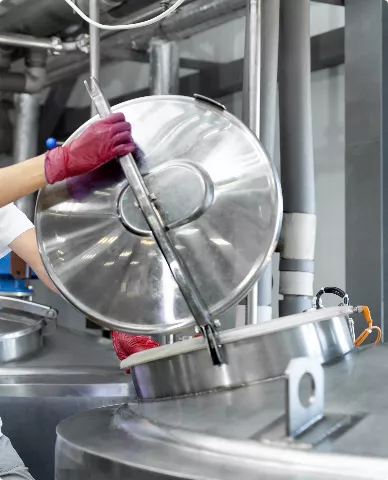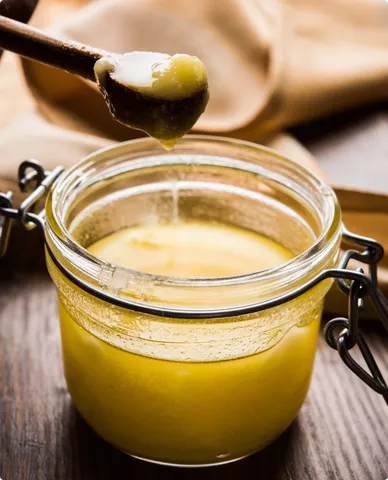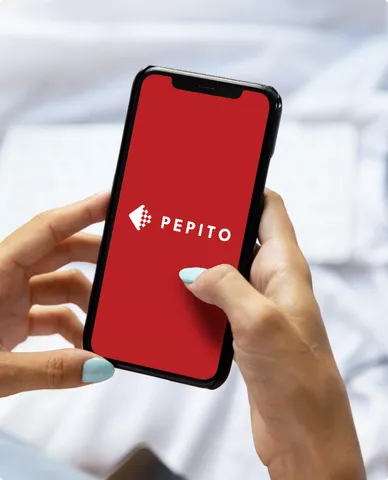Animal fats for industrial use
Animal fats are obtained from the adipose tissue of animals and are used in various industrial applications such as cosmetics, biofuels, pet food and more. PEPITO specializes in the processing and rendering of Category 3 fats.
Animal fats – including tallow, lard, fish oil, and poultry fat – are key ingredients in many industrial applications. Here’s a more detailed overview of their processing, most important uses, and main parameters:
Types of animal fats
- Tallow: Made from beef or mutton fat.
- Lard: Obtained from pig fat.
- Fish oil: Extracted from the tissue of oily fish.
- Poultry fat: Comes from the fat of chickens and other poultry.
- And more
Processing
- Wet/dry rendering: The primary method of processing animal fats – the 1st step is to grind and heat the fat.
- Filtration/centrifugation: Step 2 removes impurities and ensures that the fat meets strict industry standards.
Mainly used in industries such as:
| Cosmetics | One of the ingredients for making soaps and creams. |
|---|---|
| Biofuels | Animal fats serve as a renewable energy source by being turned into biodiesel. |
| Lubricants | Used in various mechanical and industrial processes. |
| Oleochemicals (fats for the chemical industry) | Basic material for the production of detergents, surfactants, and other chemicals. |
| Pet food | As a high-energy ingredient in feed formulas, they provide essential fatty acids and improve taste. |
Main parameters of animal fats and their significance
| Free fatty acids (FFA) | They indicate the degree of hydrolysis of triglycerides, which affects the quality of the fat. |
|---|---|
| Moisture content | High moisture content can lead to spoilage and reduced shelf life. |
| Impurities | Non-fat solids that can negatively affect the purity and quality of the fat. |
| Color | May vary by source and processing method (this affects the fat’s suitability for different applications). |
| Odor | Should be neutral for most applications (a strong odor may indicate spoilage or poor processing). |
| Melting point | Varies among different types of animal fats and affects their use in different applications. |
| Iodine value | Measures the degree of unsaturation of the fat, which affects its stability and shelf life. |
| Unsaponifiable matter | Fat components that are not saponified when reacted with alkali affect the properties and use of the fat (a parameter for the cosmetics industry). |
| Peroxide value | Indicates the degree of oxidation of the fat, which can affect its quality and shelf life. |
Regulations in the EU
There are strict regulations in the European Union governing the processing and use of animal fats to ensure their safety and quality. They are as follows:
- Source of raw material: Only from approved sources.
- Processing standards: Specific temperatures and procedures must be complied with.
- Testing of final products: Contaminant and purity testing must take place prior to placing on the market.
Environmental impact
The processing of animal fats is an eco-friendly procedure, as it uses valuable by-products that would otherwise be wasted. It is a prime example of the circular economy in action, which we also endorse here at PEPITO.






